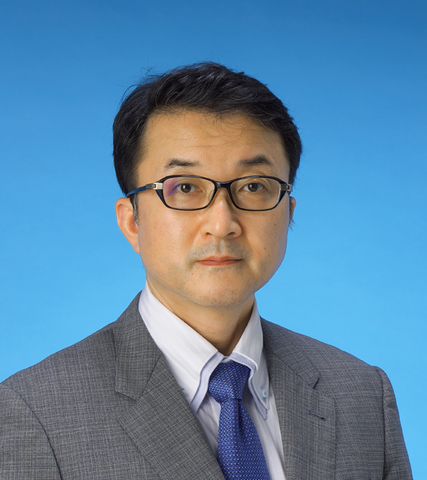Director and Professor: Kenichi Goda MD, PhD

Director and Professor: Kenichi Goda MD, PhD

We work with doctors, nurses, and nursing assistants from each clinical department related to gastrointestinal endoscopy (gastroenterology, health care center, Hematology and Oncology, Upper gastrointestinal surgery, Liver / gallbladder / pancreatic surgery, Otorhinolaryngology /Head and Neck Surgery) to perform inspections and treatments.
It has been approved as a training facility of the Japan Gastroenterological Endoscopy Society, the Japan Society for Laser Surgery and Medicine, and the Japanese Association for Capsule Endoscopy.
We provide advanced endoscopic diagnosis and treatment by instructors and specialists with a full use of advanced equipment.
In addition, we have created various manuals that enable safe and painless exams for patients and are making efforts every day.
At the Gastrointestinal Endoscopy Center, we actively perform special procedures such as upper and lower gastrointestinal endoscopy, pancreatic and biliary endoscopy, enteroscopy, and capsule endoscopy. We perform about 12,000 inspections and treatments annually. Using the latest equipment and technology, we support a wide range of endoscopic exams and therapy including the latest diagnosis and minimally invasive treatment for patients.
Specific endoscopy and treatment details
1) Inspections and treatment for gastrointestinal diseases (about 9,000 cases per year)
2) Pancreatic / biliary endoscopy and treatment (about 1,000 cases per year)
We diagnose and treat pancreatic and biliary tract diseases using a side-view endoscope (duodenoscope). We diagnose pancreatic cancer and biliary tract cancer using ERCP techniques, and perform drainage for obstructive jaundice and acute cholangitis. We also remove bile duct stones and place bile duct stents for biliary strictures.
3) Endoscopy and Treatment for Otorhinolaryngology / Head and Neck Surgery (ELPS)
We perform screening endoscopy for gastroesophageal reflux disease associated with various otolaryngological diseases and pharyngeal cancer that predispose the patients to esophageal squamous cell carcinoma. If superficial pharyngeal/oral cancer is detected, we collaborate with Head and Neck surgeons and can provide minimally invasive per-oral therapy, namely ELPS, for the superficial cancer without a laryngectomy. The patients can maintain the quality of life without loss of voice and normal ingestion.
Gastrointestinal Endoscopy Center
Dokkyo Medical University Hospital
Kitakobayashi 880, Mibu, Shimotsuga, Tochigi, 321-0293 Japan
See more details → http://dokkyo-shokaki.net (In Japanese)
Department of Gastroenterology | Dokkyo Medical University